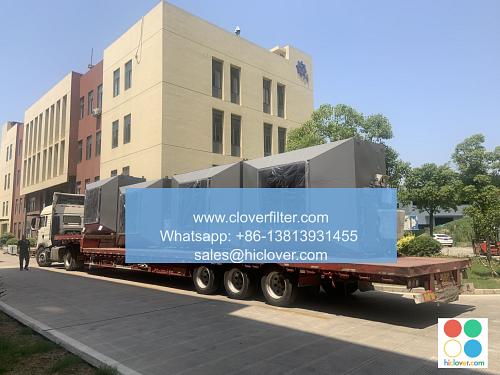Air Filter Testing and Validation

What are Air Filters?
Air filters are crucial components in various industries, designed to remove contaminants from the air, ensuring a healthy and safe environment for people, equipment, and equipment. These filters are essential in numerous applications, including:
- Hospitals and Healthcare: To maintain a sterile environment and prevent the spread of airborne diseases.
- Industrial settings: To prevent airborne pollutants from affecting equipment and machinery, reducing downtime and increasing productivity.
- Commercial and residential spaces: To improve indoor air quality and reduce allergens and asthma triggers.
Why Air Filter Testing and Validation are Crucial?
Air filter testing and validation are critical to ensure that they function as intended, providing effective air filtration. Inadequate filtration can lead to:
- Reduced air quality: Allergens, pollutants, and pathogens can continue to circulate, posing health risks to people and equipment.
- Equipment damage: Airborne contaminants can clog or damage sensitive equipment, leading to costly repairs and downtime.
- Challenge testing: Filters are subjected to a controlled environment with known contaminants to measure their effectiveness.
- Sampling testing: Filters are tested with real-world samples to simulate actual usage conditions.
- Static testing: Filters are evaluated for their capacity to capture various contaminants, including dust, pollen, and bacteria.
- Filter efficiency: The filter’s ability to capture contaminants, measured in terms of its MERV rating (Minimum Efficiency Reporting Value).
- Pressure drop: The decrease in air pressure across the filter, which can impact system performance.
- Filter lifetime: The duration the filter can effectively filter the air before needing replacement.
- Cost: The upfront and maintenance costs of the filter, as well as any associated replacement costs.
- HVAC systems: To ensure clean air in homes and commercial spaces.
- Water treatment: To remove airborne impurities and contaminants from water.
- Industrial processes: To protect equipment and personnel from airborne contaminants.
- Biological laboratory environments: To maintain a sterile environment.
- Regularly schedule testing and maintenance to monitor filter performance.
- Use a combination of testing methods to assess filter performance.
- Consider the specific application and environment when selecting a filter and testing method.
- Document test results to ensure accountability and compliance.
Air Filter Testing Methods
Several testing methods are employed to evaluate air filters’ performance:
Factors to Consider during Air Filter Testing
When conducting air filter testing and validation, several key factors must be considered:
Applications of Air Filter Testing and Validation
Air filter testing and validation are essential in various applications, including:
Best Practices for Air Filter Testing and Validation
To ensure effective air filter testing and validation:
By prioritizing air filter testing and validation, we can ensure clean air quality in various applications, reducing the risks associated with airborne contaminants and promoting a healthier and safer environment for people, equipment, and equipment.
Prompt


